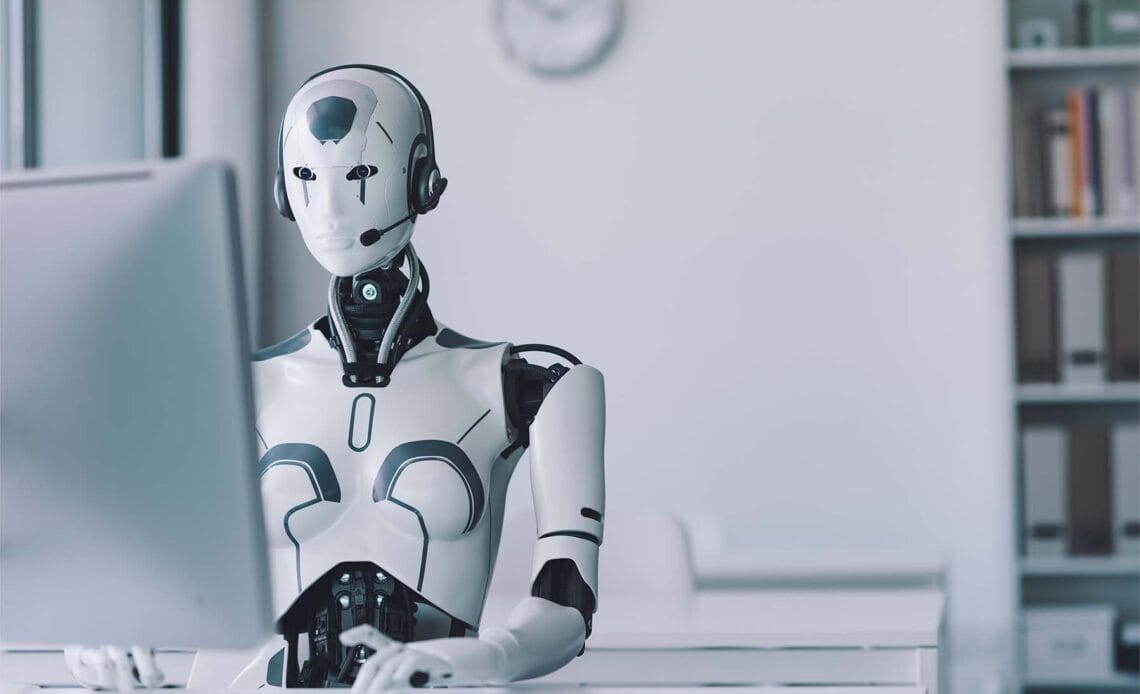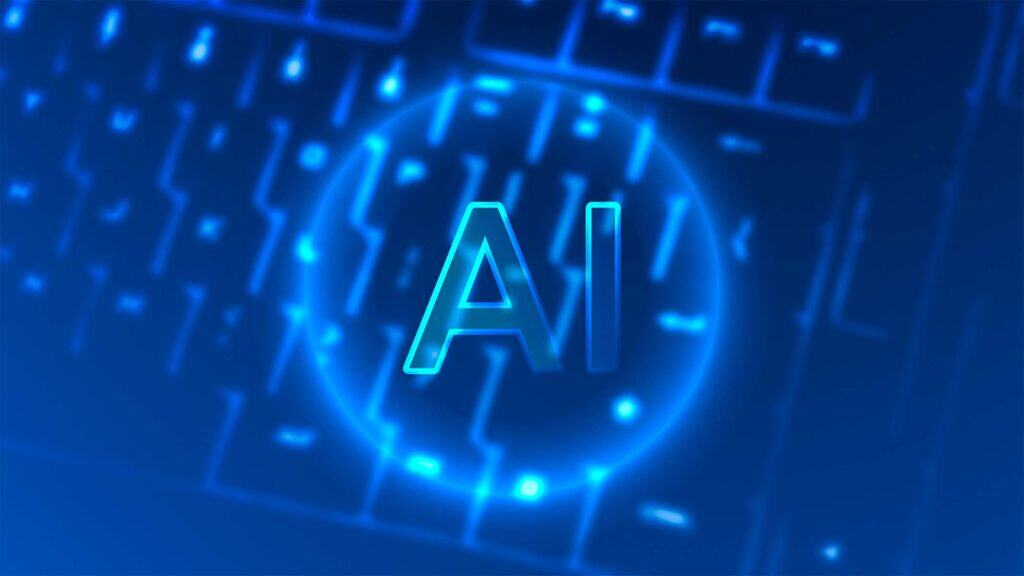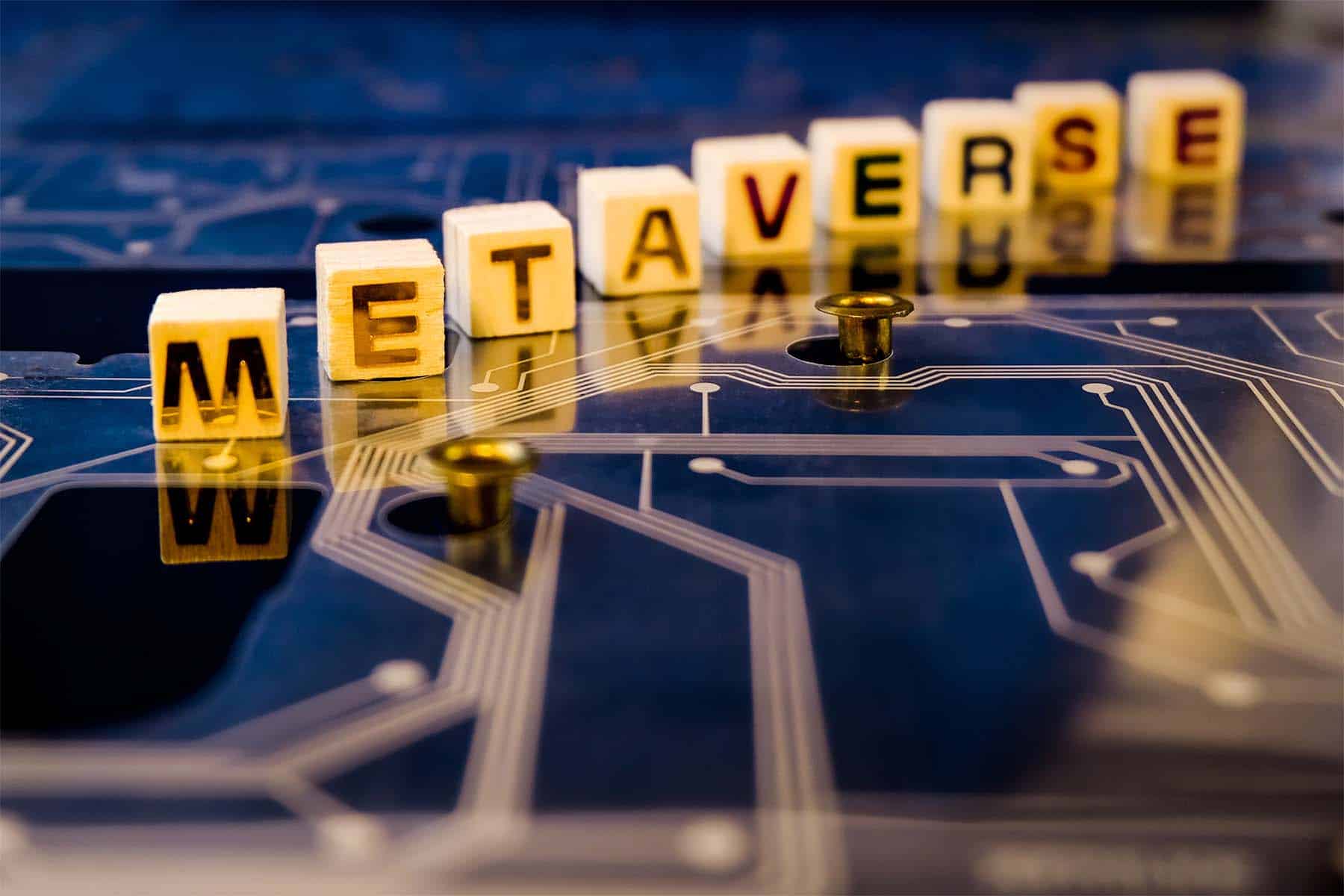
The Future of Work: It’s About People, Not Just Productivity
The future of work is about people.
Yes, the workplace is changing, fast. Disruptive shifts in technology, economy, and culture are reshaping how we work, who we work with, and what we value. But amidst all this change, one thing remains constant: the heart of every organization is its people.
Talent Mobility, Retention, and the Next Generation
The workforce is evolving. Millennials and Gen Z are bringing new expectations to the table; flexibility, purpose, and opportunities to grow. To attract and retain top talent, organizations need to rethink their approach.
It’s no longer just about filling roles. It’s about creating environments where people feel valued, supported, and inspired to stay.
Skills Over Job Descriptions
Gone are the days when a job description could capture everything a role requires. The future belongs to those who prioritize skills development – helping employees adapt, grow, and thrive in a rapidly changing world.
Investing in your team’s growth isn’t just good for them; it’s good for your organization. Because when people grow, businesses grow.
Diversity, Inclusion, and the Power of Different Perspectives
Great ideas don’t come from a single source. They come from diverse teams; people with different backgrounds, experiences, and ways of thinking.
But diversity alone isn’t enough. Inclusion is what brings those perspectives together, creating a culture where everyone feels heard, valued, and empowered to contribute. And when teams embrace a growth mindset – learning from failure and failing forward – they unlock their full potential.
Work-Life Balance in a World of Competing Priorities
The lines between work and home have blurred, and the demands on our time are only increasing. To thrive in this new reality, organizations must prioritize work-life balance.
This isn’t just about offering flexible hours or remote work options. It’s about creating a culture that respects boundaries, values well-being, and recognizes that people are at their best when they feel balanced.
Building Resilience in Times of Change
Change can be hard. Whether it’s adapting to new technologies, navigating career transitions, or balancing competing priorities, the future of work will demand resilience.
Resilience isn’t something you’re born with. It’s something you build; through challenges, setbacks, and the strength you gain from overcoming them.
So, as we move into this new era of work, let’s not forget to take care of ourselves and each other. Because the future isn’t just about what we do but also about who we become along the way.

Related Posts:
- Preparing For The Future: Upskilling Young People and Employees
- Skills-Based Upbringing for Children: Shaping the Future Workforce
- Are You Working Hard or Just Working Smart? Find Out Now!
- From Dreams to Reality: How to Build 4 Essential Foundations for Success
Thriving in the Future of Work: Best Practices for Success
The world of work is shifting faster than ever. To stay ahead, we must embrace flexibility, innovation, and well-being. Here’s how individuals and organizations can adapt and thrive:
Hybrid Work is Here to Stay
The traditional office? It’s no longer the only option. People crave flexibility, and hybrid work models; blending in-office and remote work,are becoming the new norm. Companies that embrace this shift and invest in seamless communication tools will build stronger, more connected teams.
Innovation for Everyone
Great ideas don’t just come from the top. Forward-thinking organizations are tapping into the creativity of employees, customers, and stakeholders at all levels. When innovation is democratized, people feel heard, engaged, and empowered. But ideas alone aren’t enough, leaders must champion them and create pathways for execution.
Downtime Fuels Productivity
The hustle mentality is fading. The smartest workplaces recognize that rest isn’t a luxury but a necessity. Encouraging breaks, vacations, and mindful pauses leads to happier employees, fresher ideas, and long-term success. Productivity isn’t about grinding 24/7; it’s about sustaining energy and creativity.
Communication is Key
In a world of constant change, clarity matters. Transparent, regular communication; through check-ins, team meetings, and open feedback channels, keeps teams aligned and engaged. Employees who feel informed are more likely to feel valued, connected, and motivated.
As the future of work continues to evolve, one thing is clear: companies that prioritize flexibility, innovation, and well-being will create workplaces where people thrive.

8 Future Trends Reshaping The Way We Work
The workplace is undergoing a massive transformation. With Millennials and Gen Z set to dominate the workforce, their values: flexibility, purpose, and innovation; will shape the future of work.
To stay ahead, organizations must embrace these key shifts:
Interaction Wanderlust: A New Way to Connect
Gone are the days of rigid job roles and siloed teams. The future workforce craves dynamic, meaningful interactions; whether through cross-functional projects, diverse collaborations, or unstructured brainstorming sessions. Work will feel more fluid, and creativity will thrive.
The Metaverse: A New Collaboration Frontier
Imagine stepping into a virtual office where you can brainstorm with colleagues across the globe as if they were right next to you. Virtual and augmented reality (VR/AR) are paving the way for immersive, borderless teamwork. Companies exploring metaverse platforms will redefine how we connect, train, and collaborate.
Work and Life: A Relationship Redefined
The 9-to-5 office grind is no longer the gold standard. Remote and hybrid work models are here to stay, shifting the focus from attendance to outcomes. Employees now seek autonomy, and companies that embrace flexibility will attract and retain top talent.
These shifts are signposts pointing toward a more adaptive, people-centric workplace. The future belongs to those willing to rethink how we work, connect, and innovate.
Collective Displacement: A Workplace Reset
The old ways of working are crumbling. Driven by technological breakthroughs and shifting economic landscapes, businesses are rethinking everything – from job roles to workplace culture.
Collaboration, inclusivity, and employee well-being are becoming the foundation of successful organizations. As automation and AI reshape job requirements, continuous learning, upskilling, and adaptability will define who thrives in this new era.

Data Storytelling: Turning Numbers into Narratives
Data is everywhere, but drowning in numbers won’t help us make better decisions. The future belongs to those who can transform raw data into powerful, actionable stories.
Through visualizations, interactive dashboards, and infographics, businesses will bridge the gap between information and impact. Stronger data storytelling means clearer communication, better decision-making, and more engaged teams.
Upskilling: Now a Habit, Not a Task
Organizations must do more than offer training; they must embed learning into their culture. This means:
- Investing in training programs that keep skills sharp and relevant.
- Providing hands-on learning opportunities because theory only takes you so far.
- Encouraging a mindset of curiosity, adaptability, and lifelong growth.
Artificial Intelligence (AI) Teammates: Working Smarter, Not Harder
AI is becoming a teammate. Imagine working alongside an AI that anticipates needs, automates routine tasks, and collaborates in real time without needing constant supervision.
Smart AI-powered assistants will help organizations streamline workflows, provide insights, and free human minds to focus on creativity, strategy, and problem-solving. The key? Ensuring AI is not just functional but also intuitive, ethical, and seamlessly integrated into team dynamics.
The Empathy Challenge: A Game-Changer for Remote Teams
As teams become more remote, one thing becomes crystal clear: empathy is essential. Without shared office spaces, casual coffee chats, or the ability to read body language in real time, organizations must be intentional about fostering connection, understanding, and human-centered leadership.
So here’s the challenge: How can you cultivate deeper empathy in the workplace, customer interactions, and leadership?
Here’s how:
Challenge Teams to Step Into Each Other’s Shoes
Empathy is about truly seeing the world from another’s perspective. Organizations can encourage this through:
🔹 Role-playing exercises to help employees understand different viewpoints.
🔹 Case studies and real-world scenarios to practice navigating tough situations.
🔹 VR simulations that immerse teams in experiences that require empathy-driven problem-solving.
Challenge Customer Service to Prioritize Understanding
Customers want to feel heard. Companies can take customer service from “transactional” to transformational by:
🔹 Training employees to listen with empathy before responding.
🔹Providing clear guidelines on handling tough conversations with care.
🔹Creating feedback loops where customers feel their concerns truly matter.
Challenge Leaders to Lead With Empathy
Leadership is about strategy and people. Great leaders listen, understand, and factor in the human impact of their decisions. Organizations can:
🔹 Train leaders to actively listen and engage with employee concerns.
🔹 Encourage open conversations that make space for emotions, challenges, and solutions.
🔹 Reward empathetic leadership by recognizing and celebrating those who create supportive work environments.
Challenge Teams to Design With Empathy
The best products and services don’t just solve problems, they resonate with people. To build solutions that truly meet user needs, teams can:
🔹 Use empathy-driven design thinking to anticipate real-world frustrations.
🔹 Involve diverse perspectives to ensure inclusivity.
🔹Encourage teams to consider the emotional impact of their products and services.
The bigger picture is to foster a culture of empathy. Empathy is a mindset. Organizations can:
🔹 Foster open discussions about real experiences with empathy.
🔹 Encourage journaling or reflection on moments where empathy made a difference.
🔹Make empathy a core value and not just a buzzword.
Empathy is a powerful force for connection, innovation, and leadership.

Beyond Tomorrow: 7 Tips to Thrive in the Future of Work
The future of work is already here. And with it comes a whirlwind of change, complexity, and opportunity which you don’t have to navigate it alone.
Whether you’re leading a team, building a career, or reimagining your organization’s future, these 7 tips will help you stay ahead of the curve, adapt with confidence, and thrive in a world that never stops evolving.
Embrace Radical Simplification
In a world overflowing with data and distractions, simplicity is your superpower. Focus on extracting meaningful insights rather than drowning in endless information. Streamline processes, cut out unnecessary complexities, and create a work environment that’s agile, efficient, and focused on what truly matters.
Be Data-Informed, Not Data-Driven
Data is a tool, not a dictator. While it’s essential to base decisions on facts, don’t let numbers overshadow context, experience, and intuition. Combine data with real-world insights to make well-rounded, strategic choices that align with your goals, and your values.
Prioritize Actionable Insights
Not all data is created equal. Identify the key metrics that directly impact your goals, and translate them into actionable steps. Ask yourself: What does this data mean, and what can I do about it? Focus on insights that drive tangible outcomes, not just interesting observations.
Cultivate a Learning Culture
The only constant in the future of work is change. To stay ahead, foster a culture of continuous learning, for yourself and your team. Encourage curiosity, invest in upskilling, and embrace emerging trends and technologies. The more you learn, the more adaptable you’ll become.
Enhance Data Literacy
Data is only as powerful as the people who understand it. Invest in developing data literacy across your organization, ensuring everyone can interpret and use data effectively in their roles. Provide training, resources, and support to empower your team to make data-driven decisions with confidence.
Sharpen Your Communication Skills
Insights are meaningless if they’re not understood. Hone your ability to communicate complex information clearly and concisely. Bridge the gap between data and action by translating numbers into stories that resonate with diverse stakeholders. Remember: clarity is key.
Stay Agile and Adaptable
The future belongs to those who can pivot. Foster an agile mindset that embraces change and adapts quickly to new circumstances. Be ready to adjust strategies based on real-time insights and shifting market dynamics. Flexibility is a survival strategy.
Your Future Starts Today
The future of work is something to embrace. By simplifying, learning, and staying agile, you can turn uncertainty into opportunity and challenges into growth. So, take a deep breath. You’ve got this. And remember: the future isn’t just something that happens to you. It’s something you create.
What’s one step you can take today to prepare for the future of work?
What’s one skill are you excited to develop this year?
Which of these trends do you see happening in your workplace?
Share your thoughts in the comments, I’d love to hear your journey!
Thank you for being a VCC reader.

